Review: Alcatel Idol 4S with Windows 10
Nov 10, 2016, 4:30 PM by Eric M. Zeman
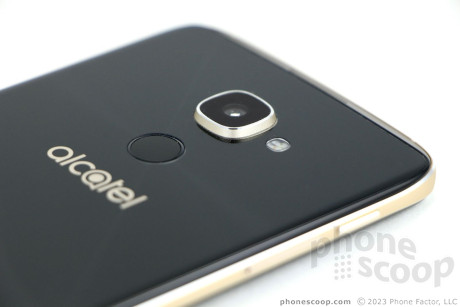
Alcatel modified its impressive Idol 4S and swapped Android for Windows. This high-end Windows 10 handset boasts a solid spec sheet, attractive design, good build quality, and a reasonable price point. Alcatel did, however, make several compromises that hold this phone back. Here is Phonescoop's in-depth report.
Is It Your Type?
The Idol 4S with Windows 10 is a rehash of Alcatel's best-ever Android phone. The company changed up several key specs, improved performance along the way, but left the appealing metal-and-glass design unsullied. If you're looking for a high-end Windows 10 experience, look no further than the Idol 4S.
Body
Outwardly, the only difference between the Android-based Idol 4S and the new Windows-based Idol 4S is the coloration. Where the Android version was a deep blue with gray metal, the Windows version has black glass and gold metal. It's kind of pretty.
The Idol 4S is Alcatel at its best as far as design is concerned. The company clearly took some cues from the likes of Samsung and Sony in crafting the phone, yet Alcatel managed to give the 4S an identity all its own.
The metal-and-glass build of the 4S for Windows trounces the current crop of other Windows 10 phones (which, to be fair, isn't that large.) The gold metal frame wraps around the outer edges of the handset. The metal is polished to a shiny finish along the edges, generating some eye-catching chamfers. The frame is sandwiched between two glass panels. Both the front and rear pieces of glass have curved edges, which help smooth over the seam between metal and glass.
The Idol 4S is a fairly large phone, due mostly to its 5.5-inch screen. Its dimensions are close to that of the OnePlus 3 and Pixel XL, though it is not as large as the iPhone 7 Plus and LG V20. Alcatel kept the thickness in check at 0.28 inches (7mm). The phone isn't too heavy; I expected the glass and metal materials to lend it more heft, but the weight is quite nice. The 4S is a phablet, for sure, so it may not work for those with smaller hands. I didn't have any trouble using it over the course of a week, but it does require two hands at times. The phone's slippery surfaces allow it to slide into pockets easily.
Alcatel did a great job manufacturing the 4S. The materials are excellent and fitted together tightly. The phone feels like a quality piece of hardware. Nothing about this phone is cheap.
Alcatel located the stereo speakers in the metal frame itself (rather than cut the glass). You can see the small grille holes that have been drilled into the metal, but you have to look closely. The user-facing camera is the only clue as to which end is up. (It's too bad the phone isn't reversible, like the Android version.) There are no buttons or controls on the front surface, as the phone uses software buttons that come and go as needed.
Alcatel put the screen lock button at the top of Idol's left edge. (The majority of phone makers position the screen lock button in a more-reachable spot on the right side of the phone.) Despite its awkward location, the button has a great profile and excellent travel and feedback. The SIM card / memory card tray is tucked into the frame just below that. The Idol 4S for Android supports two SIM cards, but the Windows version only supports one SIM card and one microSD card. (That's a shame, but was likely mandated by T-Mobile, which sells the phone in the U.S.)
The right edge holds the volume toggle and the camera button. The volume toggle is a thin strip, but it is easy to find and use. I appreciate the profile and feedback. The camera button (called the "boom key" on the Android Idol 4S) is smack in the middle of the right edge. It's a circular button that has a big profile and is a cinch to find. In fact, it's too easy to find; I found myself pressing / activating it accidentally all the darned time. It's a shame Alcatel ditched the idea of a user-programmable button. Still, it's nice to have a dedicated camera button. You'll find the 3.5mm headphone jack on the top.
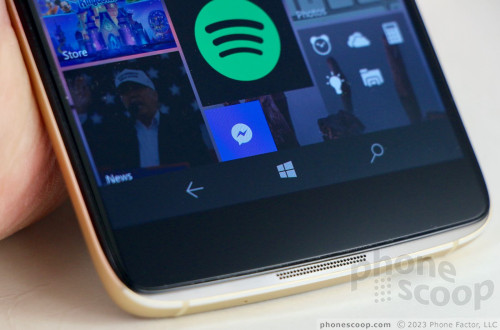
The Idol 4S with Windows swaps a microUSB port on the bottom for a USB-C port. This means more limited accessory compatibility for now, but it's also crucial to the Windows Continuum feature for full-PC behavior.
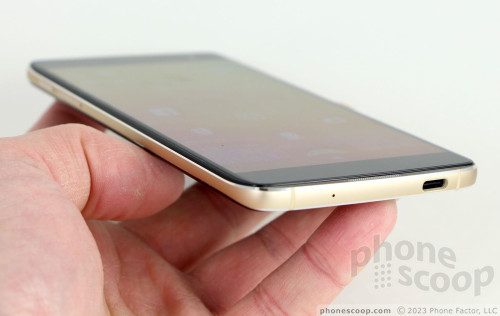
The fingerprint reader is the central focus of the rear panel. The panel is angled such that any reflected light appears to emanate from the small circle that is the fingerprint reader. The reader and the camera have gold accents to match the frame. While the reader is flush with the rear surface, the camera module juts out quite noticeably. I wish the reader were easier to find by touch. The back panel cannot be removed, so the battery is inaccessible.
The Idol 4S for Windows is every bit as good as its Android-based brother. It's a quality piece of hardware that should appeal to those seeking a classier Windows experience than what's offered by the remnants of the Lumia series.
Screen
Alcatel dropped the quad HD resolution of the Android 4S for a full HD panel on the Windows 4S. The Windows 4S has a 5.5-inch screen and there's no question it's attractive. It delivers sharp on-screen elements, plenty of brightness, and good viewing angles. I found the screen worked well indoors and out, but you will need to crank up the brightness when outdoors.
The loss of quad HD resolution is a big blow to the 4S's virtual reality performance. Quad HD is definitely the way to go for VR. With 1.6 million fewer pixels, the Windows 4S doesn't provide nearly the level of performance I want from VR. The experience is much better on higher-resolution screens, like the one on the Android version.
Signal
The Idol 4S with Windows is limited when compared to the Android version. Where Alcatel is selling the Android 4S unlocked with decent LTE support, the Windows Idol 4S is locked to T-Mobile and, worse, only supports T-Mobile's older LTE bands (2, 4, 12). (It would be nice if it supported band 66 like the LG V20, although this isn't a deal-breaker.)
That said, T-Mobile customers should be happy with the Idol 4S. The phone connected every call on the first dial, no matter the network conditions. It dropped one call on the highway, but did not send any calls directly to voicemail. Data speeds were very good. I didn't have any trouble streaming Spotify or YouTube over the network, but remember that T-Mobile caps music/video quality to lower resolutions. App downloads were always swift. Popular smartphone apps, such as Facebook, Instagram, and email, all worked flawlessly thanks to the Idol's good data performance.
Sound
Alcatel prides itself on making loud phones and the Idol 4S is pretty darned loud. The earpiece delivers an insane amount of sound to your ear canal. Volume doesn't necessarily equate quality, and the 4S suffers a bit from distortion at higher volume levels. Call clarity is average when compared to other T-Mobile devices. The incredible volume simply means you can hear calls almost everywhere you take the phone. People I spoke to via the 4S said I sounded "clear."
The speakerphone is crazy loud, and it, too, suffers from distortion. You can hear calls in the car, in the mall, and probably at an AC/DC concert, but words are still sometimes hard to decipher.
Ringers and alerts can be set loud enough to induce panic attacks.
The 4S is a fine companion for listening to music. The stereo speakers work well, particularly when you want to watch some video. It puts out enough sound for one big room, or a small outdoor deck/patio area.
Battery
The Idol 4S with Windows packs the same 3,000 mAh battery as found in the Android version. The good news here is that it performed better than the Android version, which is to say it had a bit more juice left at the end of the day. Where the Android Idol 4S was gasping for breath at bedtime, the Windows version still had a solid 20% left, if not a bit more. This is likely due to the lower resolution of the display, although the OS and processor differences may also be playing a role. It's worth noting that I never killed off the battery entirely, not even on days I took the VR apps for a spin.
The phone includes the base Windows Mobile battery saver tool, but nothing extra from Alcatel. It can be customized to a small degree in order to tone down some behaviors to cut back on power use.
Thankfully, the 4S supports fast charging and ships with a fast charger. I you get home from work and have only 40% battery left, plugging it in for 15 or 20 minutes will get you back up to 75% or 80%.
Bluetooth, GPS, NFC, WiFi
The Idol 4S has the expected set of secondary radios and they mostly get the job done.
The Bluetooth radio was able to connect to the majority of devices without trouble. I was pleased with calls routed through a mono headset, which were much clearer than I expected. Calls sent to my car's hands-free system were solid, too. Music was quite good when pushed to a Bluetooth speaker, though the phone's internal speakers are often good enough.
GPS functioned very well. Together with the Windows Maps app, the Idol 4S was able to locate me in under 10 seconds and accuracy was as good as about 50 feet. The phone allowed for trouble-free, real-time navigation between points with ease.
The WiFi radio worked well.
Unlike the Android version, the Windows 4S does not have NFC.
Comments
No messages


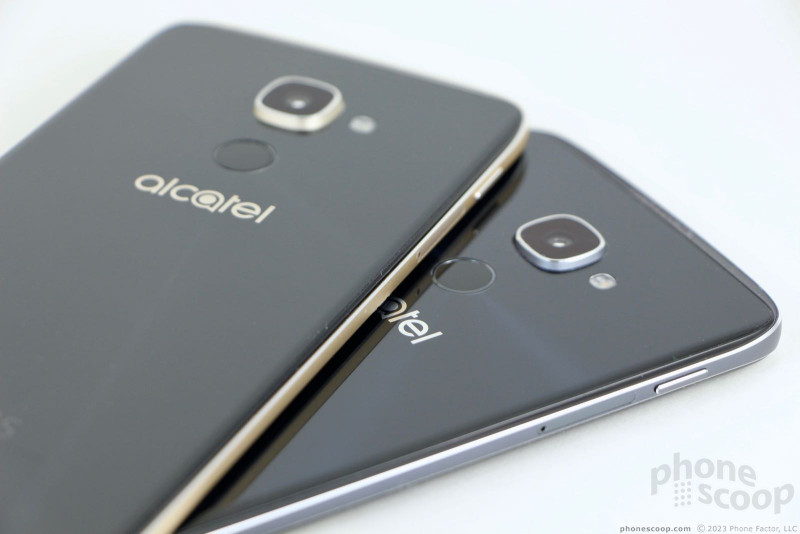



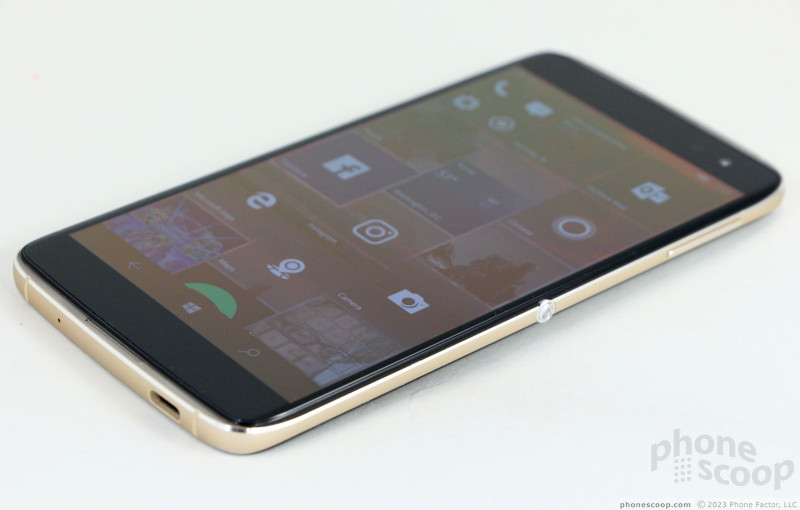

















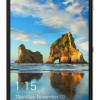 Alcatel Idol 4S with Windows Now Available Unlocked
Alcatel Idol 4S with Windows Now Available Unlocked
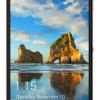 Alcatel Makes the Idol 4S with Windows Official
Alcatel Makes the Idol 4S with Windows Official
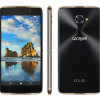 T-Mobile Outs Windows 10 VR Phone From Alcatel
T-Mobile Outs Windows 10 VR Phone From Alcatel
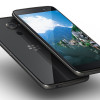 BlackBerry DTEK60 Boasts Fingerprint Sensor and Top Specs
BlackBerry DTEK60 Boasts Fingerprint Sensor and Top Specs
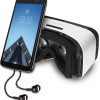 Alcatel Adds Fingerprint Reader to Idol 4S, Selling Bundle for $350
Alcatel Adds Fingerprint Reader to Idol 4S, Selling Bundle for $350
 Alcatel Idol 4S with Windows 10
Alcatel Idol 4S with Windows 10




